Imagine Software Beyond Hetero-Centricity
This installment marks a shift in our LGBTQ Genealogy series, turning the spotlight onto genealogical software—both online and offline. Often, the available software falls short in accommodating diverse family constellations, as it tends to be hetero-centric, designed primarily for cisgender, heterosexual couples with biological children. To illustrate, I’ll share the complexities of fitting my immediate family into this software framework.
My husband, Leland, and I met in 1990. We hold both domestic partnership and marriage certificates. While contemporary software allows for same-sex couples, a decade ago, this was not the case. Although I can now link my marriage to Leland, there is still no equivalent recognition for domestic partner relationships.
Our family encompasses our two children—Julian, whom we adopted, and Rosalinda, whose birth involved a surrogate mother. When adding our children to the database, the software expects one of us to be the “father” and the other the “mother.” We are forced to adhere to a traditional opposite-gendered parenting model, even within a same-sex marriage context.
However, our family constellation extends even further:
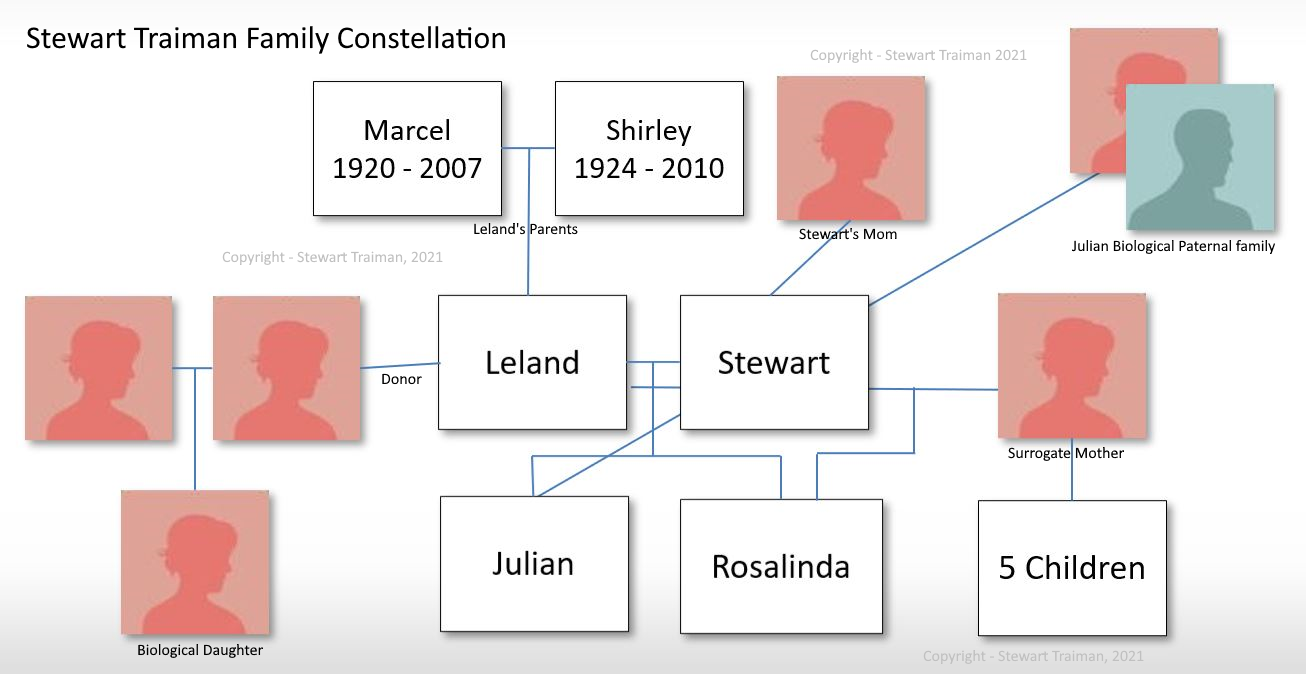
- Leland served as a sperm donor to a lesbian couple, resulting in a biological daughter. Designating the biological mother is straightforward, but acknowledging the non-biological mother poses a challenge. Terms like “stepparent” or “adoptive parent” don’t fully capture the significance of her role. She has been a parent since the idea of this child was conceived.
- Julian actively maintains a connection with his paternal biological family. Similarly, Rosalinda, through her surrogate mother, has five half-siblings whom we know. These extended connections create intricate family ties not easily accommodated by conventional software.
- Leland has two biological daughters through sperm donation, each in distinct circumstances. Software defaults to labeling both biological mothers as his “spouse,” which is massively incorrect. No provision is made to designate a donor or surrogate relationship.
As for myself, I have no biological children. Six generations from now, will my significance be overlooked in DNA-based family trees created by my children’s descendants? Will they fail to recognize the substantial role my mother played in the lives of their ancestors, her non-biological grandchildren?
These complexities underscore the need for genealogical software and tools to move beyond hetero-centric perspectives. Family Group sheets should accommodate more than two parents to portray a comprehensive picture of a person’s life. Ahnentafel reports should expand beyond DNA lineage to encompass full family history. Labels, icons, and relationship descriptions should be based on assumptions of heterosexual couplings. It’s not just LGBTQ families facing these challenges; non-LGBTQ blended and adoptive families encounter similar obstacles.
In the upcoming segments of this series, we’ll delve into specific examples reflecting the evolving landscape of family structures. While LGBTQ individuals have always been part of our history, their visibility is more apparent than ever. It’s high time for genealogical software companies to acknowledge and cater to the diversity inherent in all families.
Please share your challenges with genealogical software in the comments below.

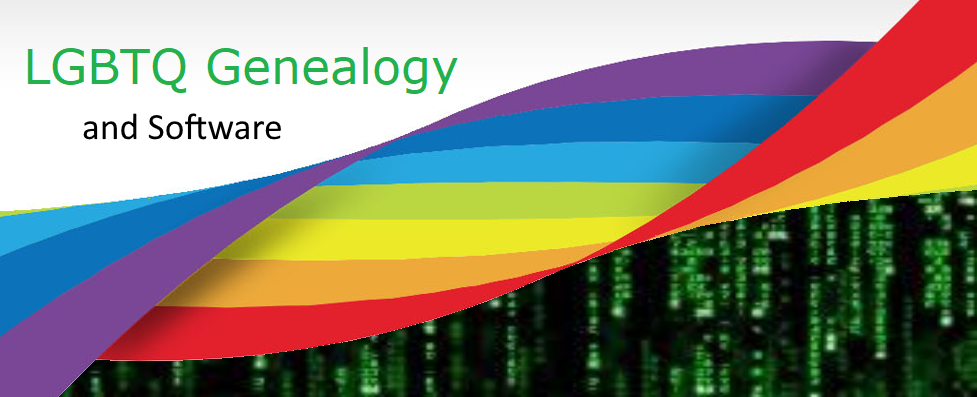
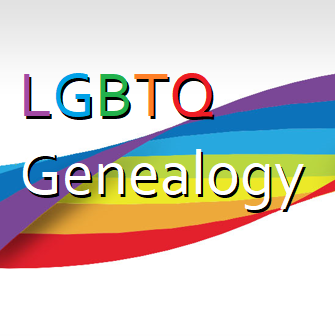
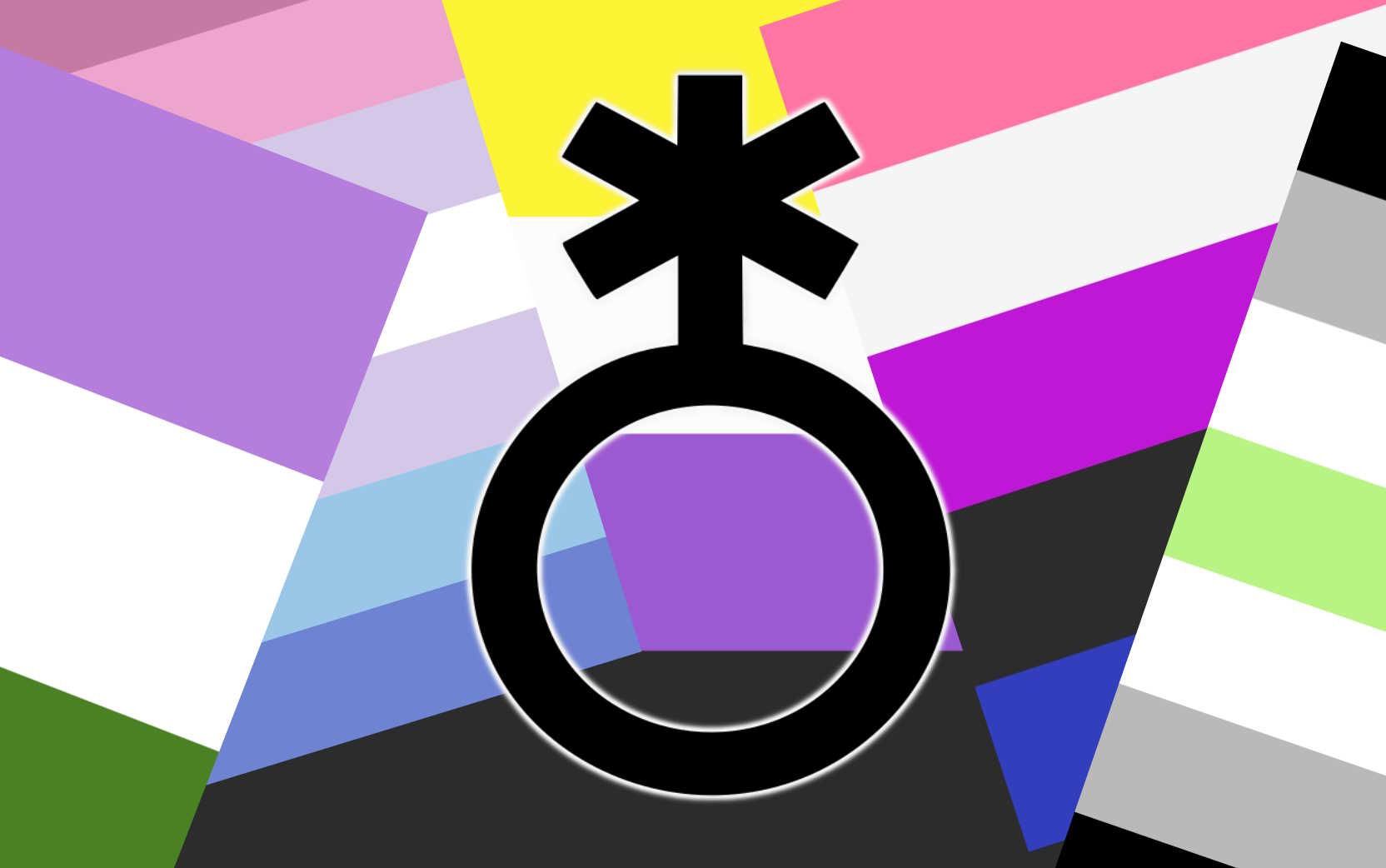
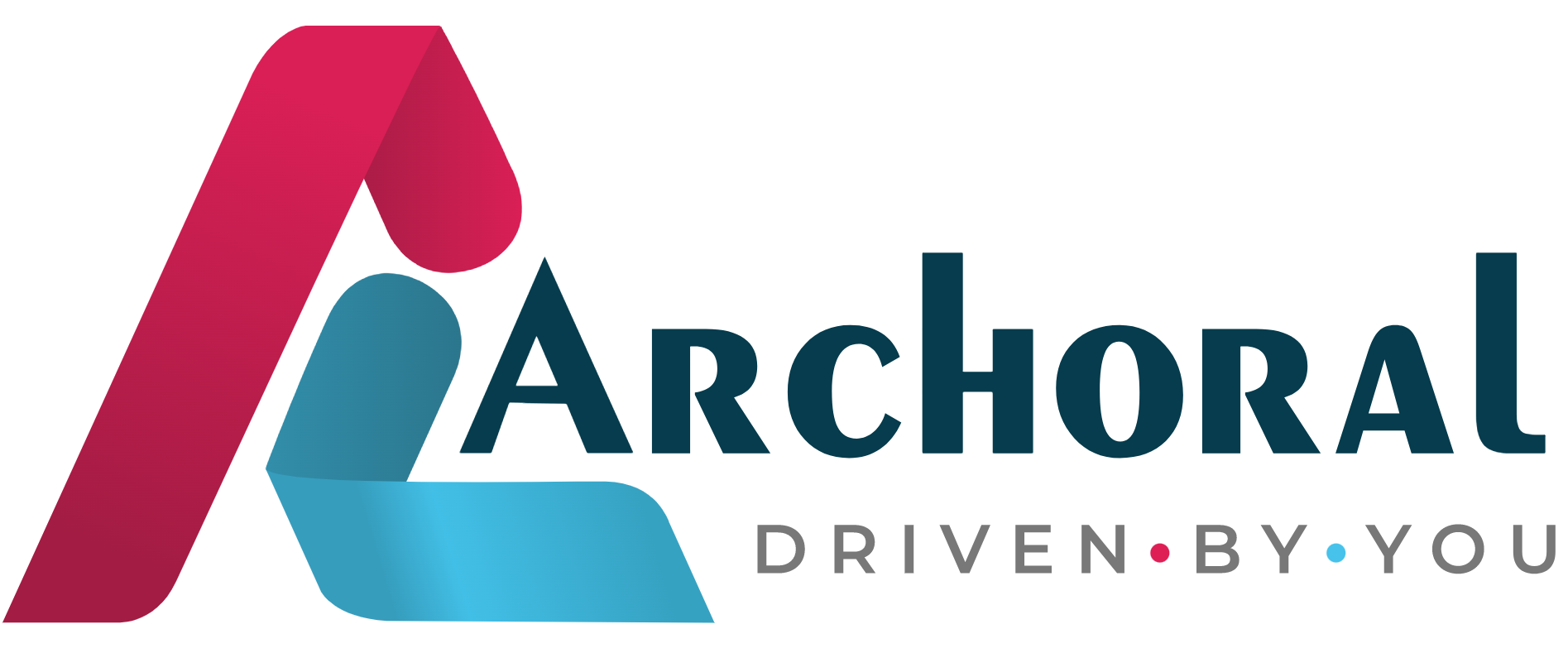
My only comfort to being a transgender person in history is that I am at least doing some genealogy work myself. There is no path for my own profiles, but with internet notes at least I can be certain I won’t be seen as “a very manly woman” etc. etc.
How exciting! Thank you so much for creating this. I’ve been using band-aids and multiple charts to include our family with two moms and two dads for years. You should have seen my daughter’s DAR application! (But they accepted it and added a new patriot for us.)
Love to hear more.
I tried to use a genealogy software, and I couldn’t even get as far as entering parents and children- I couldn’t even enter myself! The software only allows for male and female people, literally no one else. I myself am nonbinary (non-gendered), and my brother was born as my sister and transitioned as an adult to a man. His partner is an intersex person, who has male DNA but naturally developed as a female. So even my tiniest nuclear family is impossible to enter into any genealogy software. The whole thing made me feel discriminated against, otherfied, and fed up. I’m going back to keeping our family tree on paper, where I can just write PEOPLE, however they really exist, and draw lines connecting them however they need to be drawn.